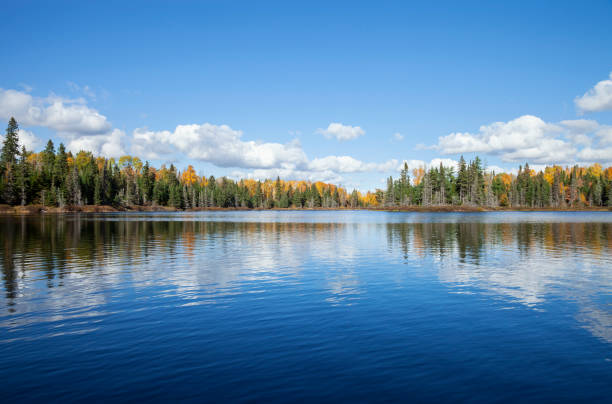


Bolton Valley Resort, about 30 minutes east of Burlington, Vt., has long been overshadowed by larger, more famous neighbors.
The family-owned ski area is halfway between Stowe Mountain Resort and Sugarbush, both owned by ski conglomerates that rely on multimountain passes. Stowe takes Epic and Sugarbush takes Ikon, and each resort has more than 100 trails, a vertical drop of over 2,000 feet, a dozen or more lifts, and luxury slope-side lodging.
Bolton Valley is comparatively humble, with six lifts, 71 trails, a vertical drop of 1,700 feet and a 60-room hotel. It is one of the most popular ski areas on the Indy Pass, which features smaller independent mountains, and among the few resorts to offer night skiing. A lift ticket at Bolton costs under $100 most days and nights, half the price of Stowe and Sugarbush.
“We are the littlest of the big ski areas,” Bolton Valley President Lindsay DesLauriers said to me when I visited the resort last month. “We have Formica in the bathrooms, not marble.”
What Bolton lacks in glam it more than makes up for with its terrain and friendly vibe. It has cultivated a niche among Eastern ski areas as a hybrid downhill and backcountry resort, leaning into demand for backcountry skiing with its fabled 1,200-acre powder preserve, known as the Bolton Backcountry.
